Contents [hide]
Decoupage is an art that merges relatively new techniques with artisanal mastery. Russian decoupage boxes are an example of how ancient sacred and famous images can be reinterpreted in an original way to create beautiful furnishing accessories that fit into any house. There are many more ways to exploit this technique though.
What is decoupage
Decoupage is a relatively easy technique, which does not require any particular artistic skill. That made it very popular in the last few years, and appreciated by those who want to create beautiful and of great effect art objects, even without painting skills. With decoupage, we can create pictures, panels, boxes, kitchen pottery, pieces of furniture and even roof tiles!
This technique consists in cutting (it comes from the French word découper, to cut) pictures and images from newspapers, books, wrapping paper, and glue them with vinyl glue on the object you wish to decorate, which could be made of wood, fabric, glass, metal or ceramic. Then, varnish and sand the surface to make it smooth. At the beginning, decoupage was a technique used to modernize and embellish old pieces of furniture, but today it is used to decorate any object and material. It is often used along with other modern decorative techniques, which make the objects created with decoupage real artistic works. For example, objects can be finished with shiny, opaque or glazed varnish. A popular technique is the crackle finishing, which consists in overlapping two different types of varnish; once they’ve dried, they create very beautiful cracks.
There are many books and tutorials to learn this technique, accessible to anyone. There are different sub-techniques: pictorial decoupage, crackle, trompe l’oeil, stencil, basic decoupage with paper, decoupage with brushes or pastels, decoupage with and on fabric, on all types of materials, such as wood, marble, glass, plastic, pressed flowers, wax, metal, 3D and mosaic.
The materials you need for decoupage are:
- Glue
- Paper (of various thickness and type, standard paper, rice paper, newspaper clippings, paper napkins)
- Brushes (of various shapes and sizes, to finish or to lay paints, cement and varnish)
- Gold, silver and bronze leaves
- Medium for crackles
- Acrylic colors
A little bit of history
Decoupage was born as a poor art. In the XVIII century, Venetian furniture creators began using it to save time when creating lacquered pieces of furniture; they applied Chinese-style decors or elegant scenes using small printed images that were cut and painted. Such technique was called ‘poor lacquer’. This technique, which has some common elements with decoupage, was already popular in China in 1500. Already in the medieval age, the scrolling monks sometimes used images cut elsewhere to embellish the codices. In the Victorian England, decoupage developed quickly.
Russian decoupage boxes
Russian boxes are just an example of how you can use decoupage to create beautiful and elegant objects and furnishing accessories.
Holyart offers a wide choice in its online store. You can use them as jewel boxes, rosary cases, or just as decorative elements for your home. Russian lacquered boxes are produced only in the towns of Palekh, Fedoskino, Mstëra and Khouly. They are unique pieces painted by the artists of orthodox icons using the technique of papier-maché.
The art of Russian lacquers developed as derivation from Byzantine icons paintings, and ended with the fall of the Imperial Russia, when the new regime forbid the production of sacred images. It is an artistic display that is unique in its genre: the production of boxes in papier-maché and the painting process are quite laborious and can go on for days, sometimes even months. The perfect definition of the image, of the embroideries and lines are made using a brush made of just one squirrel hair.
In Holyart catalog, you will find lacquered and papier-maché boxes with sacred images. All of our boxes are handmade of lacquered papier-maché in Russia, and the image is applied using a technique that mixes painting and decoupage.
Let’s see some of them.
Russian lacquered box Madonna with the Baby, stylized reproduction of the original portrait “Madonna with the Baby” by the famous master Sassoferrato, displayed in the Pinacoteca Comunale in Cesena, Italy.
Russian lacquered box La Madonna del Belvedere, stylized reproduction of the famous painting ‘Madonna del Prato’ (Madonna of the Meadow), oil painting on board (113×88 cm, 53×34 in) by Raffaello Sanzio in 1506. The original painted is stored in the Kunsthistorisches Museum in Wien, Austria.
Russian lacquered box Ultima Cena, stylized reproduction of the ‘Last Supper’, the famous plaster painting (460×480 cm, 15.1×15.7 ft) made by Leonardo da Vinci between 1495 and 1498, today stored in the former Renaissance refectory of the convent next to the sanctuary of Santa Maria delle Grazie in Milan.
Russian lacquered box La Madonnina, stylized reproduction of the famous ‘Madonnina’, also known as Madonnina of the Streets. Roberto Ferruzzi made the original painting in 1897 and its current location is unknown.
Russian papier maché laquer Nascita Cristo by David Fedoskino style 11×8 cm (4×3 in), stylized reproduction of the Dutch master Gerard David’s ‘The Nativity’. This small box in papier-maché was handmade following the ancient Russian tradition and painted on a pre-printed base.
Whit he same technique, artisans also create wonderful Russian eggs, which you can find on our website as well.
How to make a bowl with Papier Maché technique
You can try to make a papier-maché box yourself. You just need basic manual skills, creativity and patience, as the passages are many and you need to wait between one and the other to avoid the mistakes that would compromise the result.
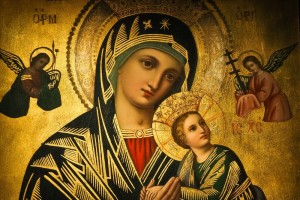
Papier Maché is easy to make and work and can be used in many ways. To make it, you’ll need glue, paper, colors and cut images, if you wish to make a decoupage decoration.
You can buy glue. Wallpaper glue is fine. Otherwise, you can make it at home with 250 ml (8.8 oz) of water and 65 gr (2.3 oz) of flour. Mix them until they’re creamy and fluid.
Then you have to cut the paper into strips about 2-3 cm wide (1 in).
To shape your object, you will need a base to apply the paper on, such as a box or a bowl. Cover it with vaseline or plastic film to avoid that the paper glue too much and break when you’ll need to take it out.
Dip paper strips into the glue and then place them on the base, smooth them out to make them adhere as much as possible. After the first layer, let it dry for one or two hours, then apply a second layer and allow all night to dry in a warm and dry place.
The next day, apply layers of paper and glue until it is about 1-2 cm thick (1 in). You always need to let each layer dry perfectly before applying the following one. It could take a few days. Our object in papier-maché will have to be completely dry in order to maintain its shape, become resistant and not get moldy because of humidity.
Once it is perfectly dry, detach the shape from the base you used. You can use a spatula to leverage, but don’t rush!
Now your papier-maché object is ready to be decorated with colors, with decoupage or whatever you like. In this phase too, make sure that the varnish and glue (if necessary) are well dried before going on.

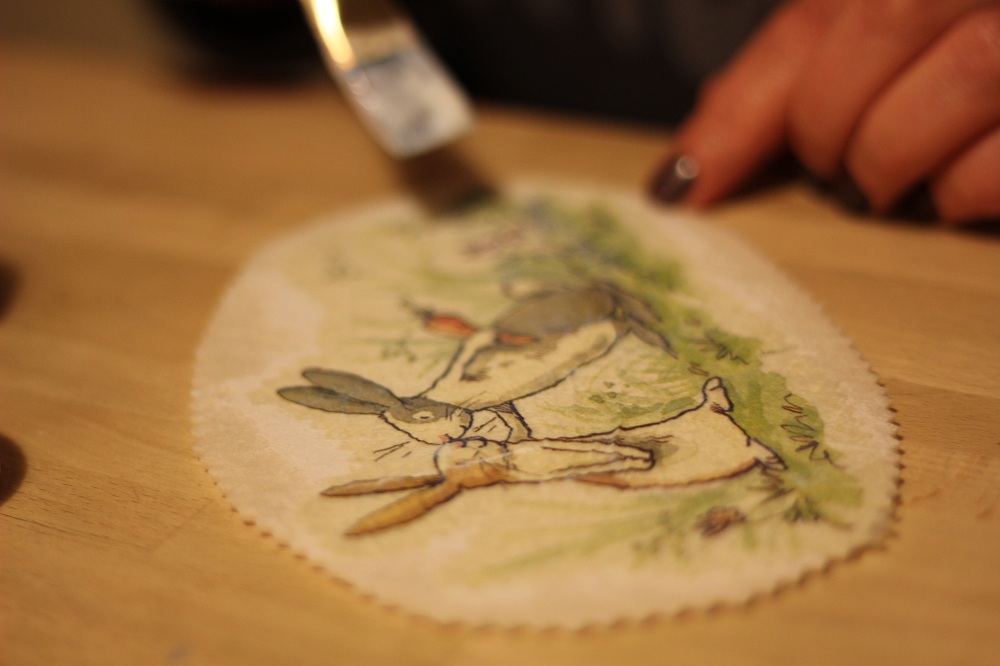
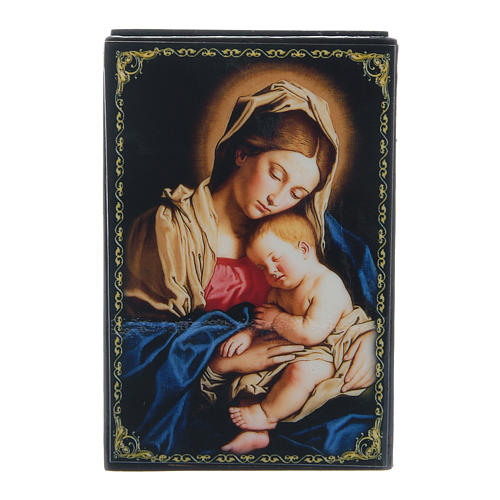
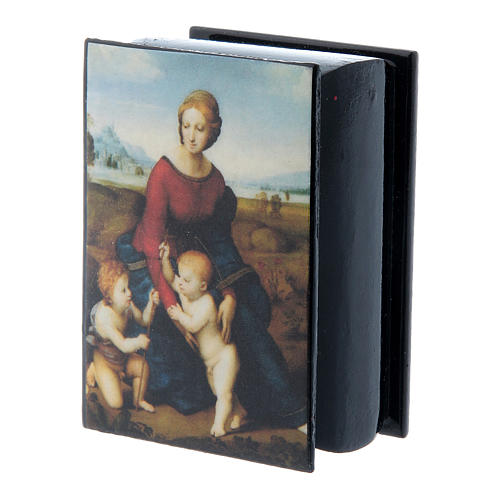
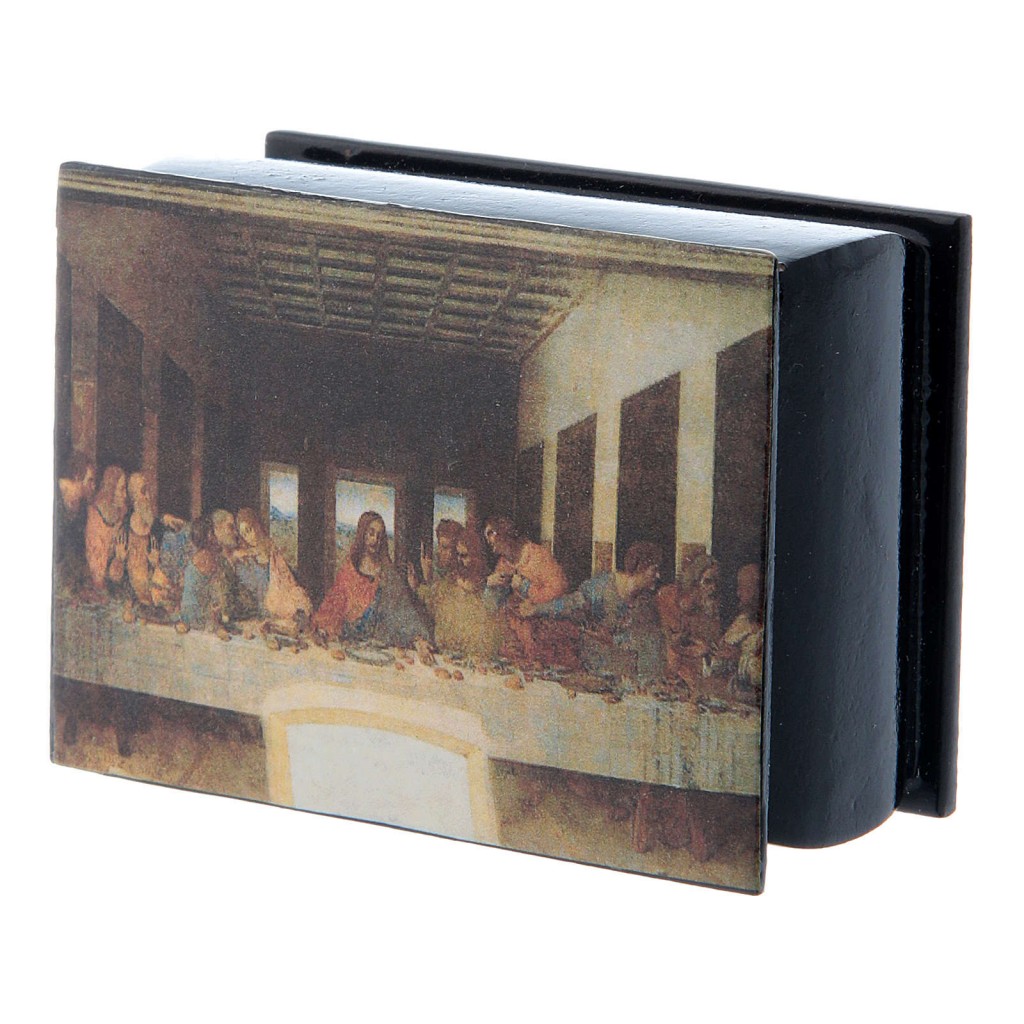
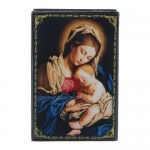
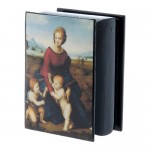
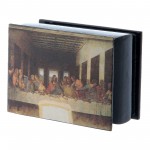

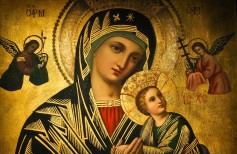
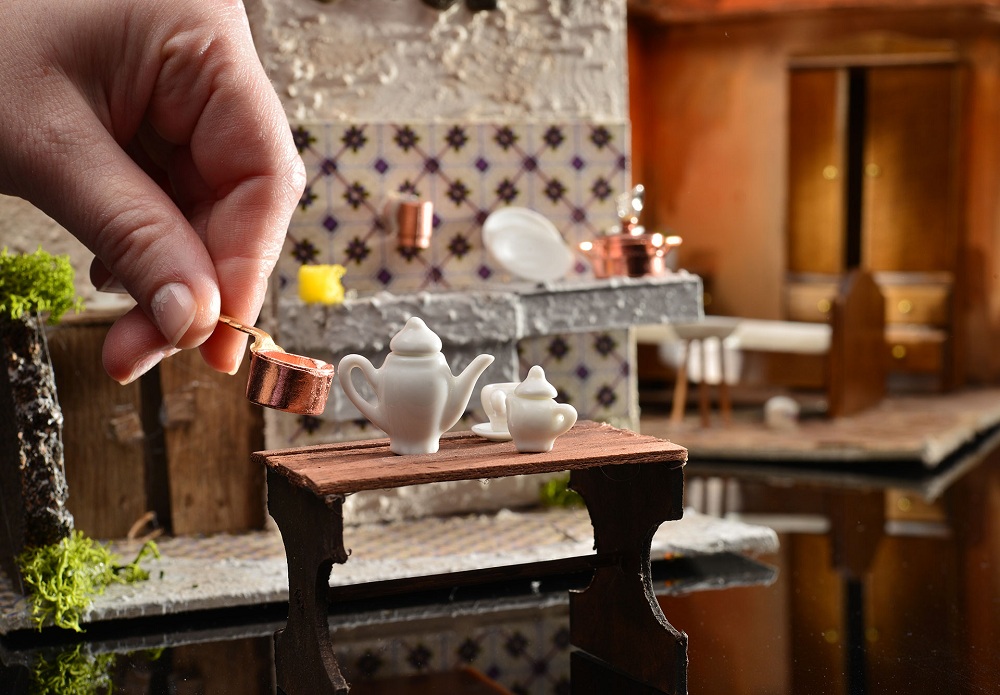
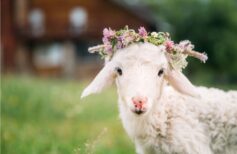
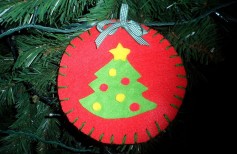
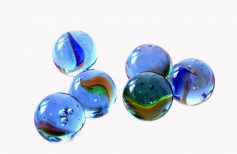
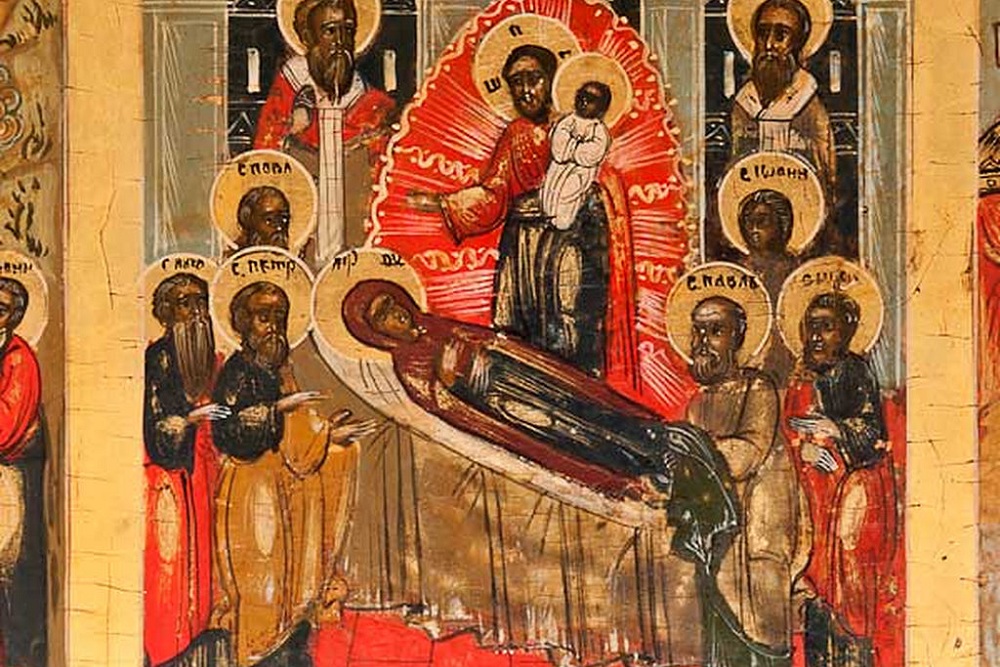

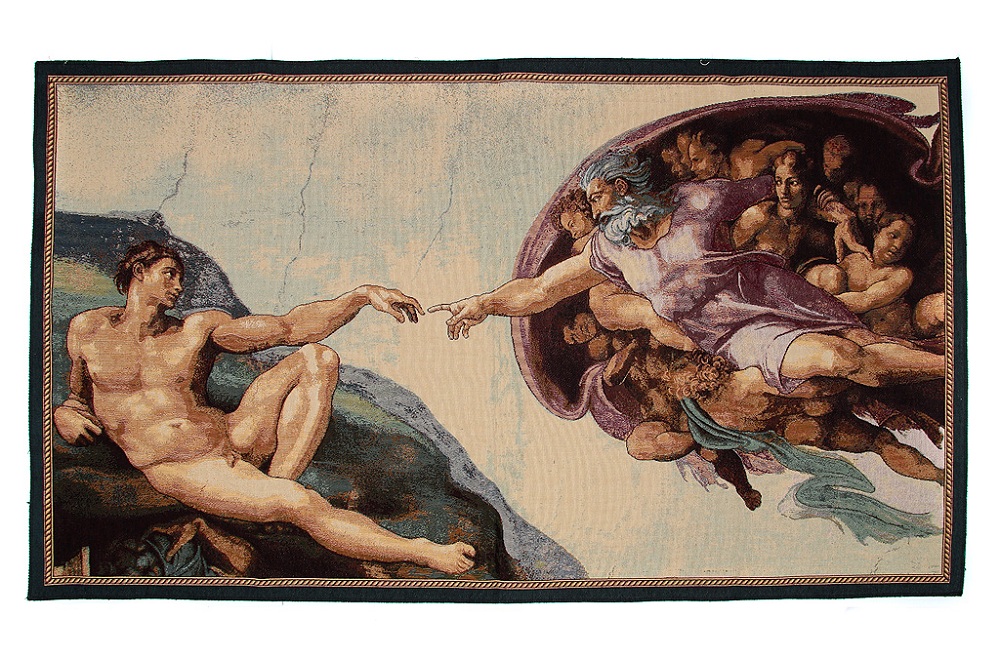








 19 March 2025
19 March 2025






